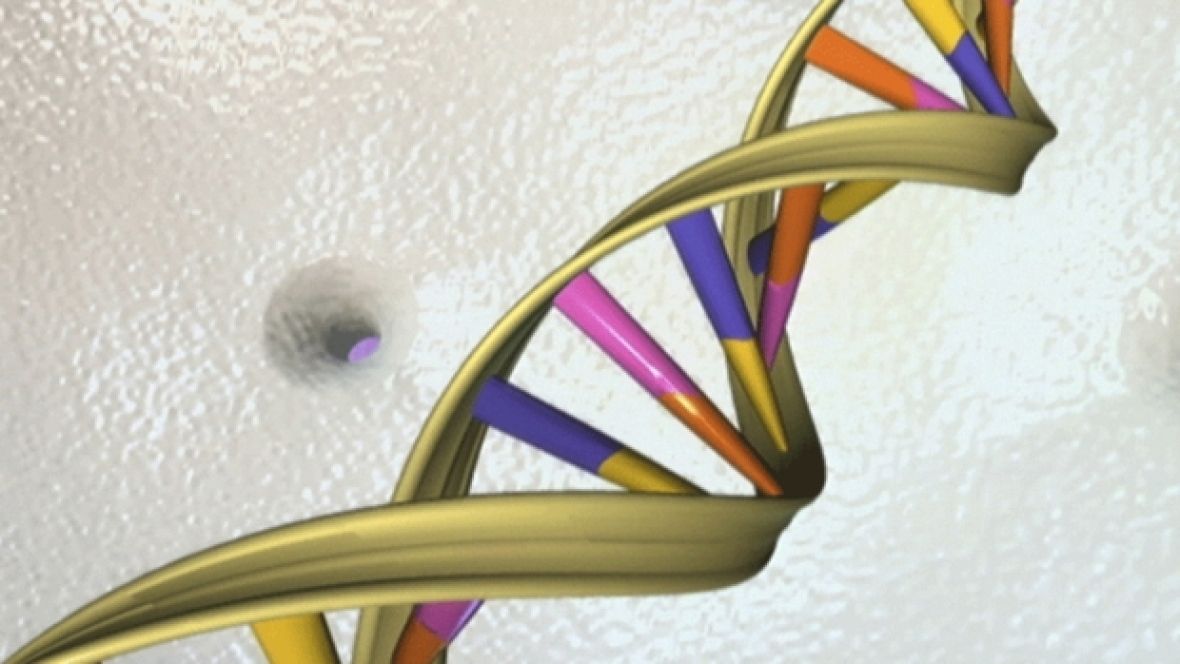
The new approach has the potential to open a powerful avenue in cellular manipulation. Whereas DNA editing makes permanent changes to the genome of a cell, the CRISPR-based RNA-targeting approach may allow researchers to make temporary changes that can be adjusted up or down, and with greater specificity and functionality than existing methods for RNA interference.
In a study published today in Science, Feng Zhang and colleagues at the Broad Institute and the McGovern Institute for Brain Research at MIT, along with co-authors Eugene Koonin and his colleagues at the NIH, and Konstantin Severinov of Rutgers University-New Brunswick and Skoltech, report the identification and functional characterization of C2c2, an RNA-guided enzyme capable of targeting and degrading RNA.
The findings reveal that C2c2—the first naturally-occurring CRISPR system that targets only RNA to have been identified, discovered by this collaborative group in October 2015—helps protect bacteria against viral infection. They demonstrate that C2c2 can be programmed to cleave particular RNA sequences in bacterial cells, which would make it an important addition to the molecular biology toolbox.
Read more
















